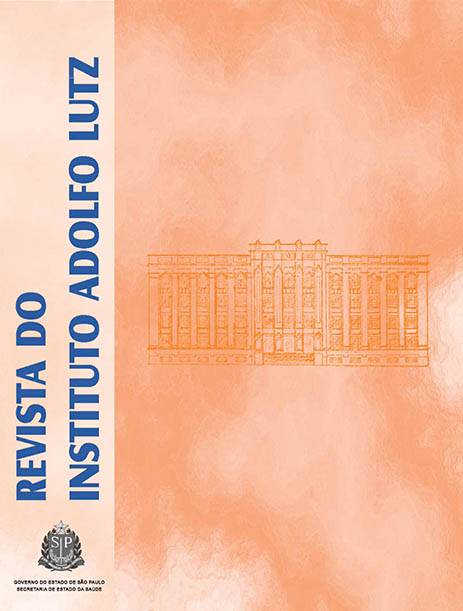Abstract
Umbu-caja fruits are normally sold and consumed fresh, which can result in large post-collection losses. An alternative to make maximum use of this fruit is to devise new products, including jams. Thus, the aim of this study was to manufacture and assess traditional and diet umbu-caja jams. Ripe fruits were physically characterized and depulped. Pulp was then submitted to physical, chemical, physicochemical and microbiological analyses. We used 22 experimental planning with two central points to manufacture the jams, considering the following independent variables: sugar (50, 55 and 60%), aspartame (0.055, 0.065 and 0.075%) and pectin (0.50, 1.00 and 1.50%). The jams were characterized and submitted to sensory analysis, in order to select the two most acceptable samples from each planning matrix to be stored for 180 days. With respect to traditional jams, increased sugar and a reduction in pectin resulted in greater yield. A rise in pectin and lower sugar levels led to higher extrusion force. Firmness and adhesiveness showed no negative influence from either independent variable for traditional jam. However, a tendency to greater firmness was observed with an increase of pectin and more adhesiveness with a reduction. Diet jams showed no significant difference for dependent variables. In relation to extrusion and firmness, no tendencies were detected with a variation in aspartame; however, an increase in pectin caused a tendency to higher extrusion and firmness values. Sensory analysis revealed that the highest acceptability indices of traditional jams were for jams 1 and 5 and for diet jams, samples 3 and 4, all of which were stored. In traditional jams, water content, water activity, acidity, sucrose and yellow intensity decreased with storage, while pH, °Brix and reducing sugars increased under the same conditions. For diet jams, reducing sugars, luminosity, and yellow intensity declined with storage, and pH, water activity and °Brix/acid ratio were higher. Employing umbu-caja to manufacture traditional and diet jams is a viable alternative for using surplus production, in addition to introducing a new product into the market.
This work is licensed under a Creative Commons Attribution 4.0 International License.
Copyright (c) 2012 Instituto Adolfo Lutz Journal
Downloads
Download data is not yet available.
